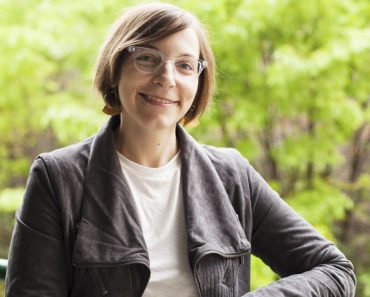She once asked grief workshop participants to channel their emotions into an elaborate origami. Then, she tore them in front of the participants and disposed of them in the trash. She asked them to describe their grief process. “People bargained with me, or hid them, or took pictures.” One person took Maktoufi’s origami and angrily destroyed it in front of her.
“I was like, ‘Oh, this impacted people. They are having emotions.’” The following workshop she hosted she took the paper creations away, but returned them at the end, intact. “Push boundaries,” she insists. In science communication and any field of exploration “you will mess up and then you will make it better,” she says.
In her trust-building workshops, Maktoufi fosters vulnerability by having participants share something that has made them nervous before the session, and they reflect on how it felt to be heard at the conclusion. Maktoufi participates too. “Usually we discuss how vulnerability helps us feel closer to each other, feel more positive about each other, and eventually it helps us in the trust process.”
Or, when she teaches about audience strategy, she challenges participants to consider how to convince “exaggerated audiences,” — like cats, zombies, time travelers from the past, or even aliens looking for an inhabited planet — to “plant more fish-faced flowers.” The bloom is, “a made up flower,” Maktoufi clarifies. The idea, she explains, is that “participants have fun, but also think carefully about their audience and how the strategy they come up with has to really fit those exaggerated audiences.”
%20.jpg)
Maktoufi seated with participants of a storytelling workshop she hosted in Manila, Philippines. Photograph by Manu Akatsa
Much of what Maktoufi is doing is helping scientists first understand who they’re talking to, then develop the best approach to doing it. “It is the science of science communication,” says Maktoufi, and it works backwards.
Practically, this looks like conducting surveys to identify audiences’ values, then considering how to deliver the message.
“There are many ways to say the same thing. Sometimes what you’re trying to say is true and valid but you’re not speaking the audience’s language, so you have to pivot.” The same conservation message, for instance, might emphasize rewilding when directed at hunting communities, while highlighting “environmental justice concerns” for activist audiences.







